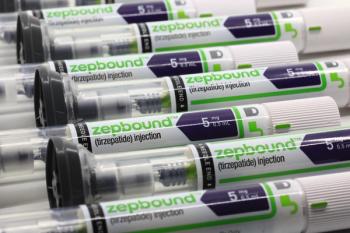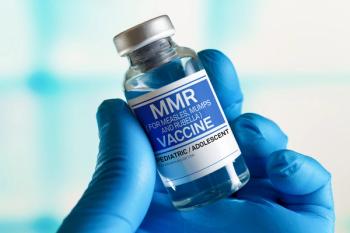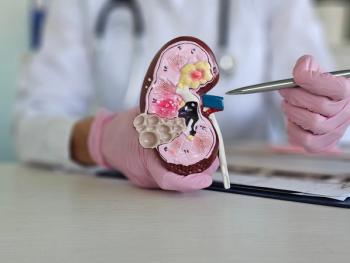
Medicare Does Little to Alleviate High Cost of Oral Chemotherapy Drugs
Out-of-pocket costs to remain a significant hurdle for patients even after closing of coverage gap.
The financial burden for a number of cancer therapies is not expected to be alleviated by closing the Medicare Part D coverage gap, a recent study found.
Researchers from the University of North Carolina at Chapel Hill noted that access to high cost oral chemotherapy medications will remain a significant hurdle for millions of individuals covered through Medicare into the future.
The study, published the Journal of Clinical Oncology, evaluated out-of-pocket costs among cancer patients following the closure of the Medicare Part D doughnut hole in 2020. Researchers found the financial burden for these drugs will still be disproportionately high after the gap closes, in some cases costing up to one-third of household budgets.
The study evaluated 3344 Medicare formularies that illustrate how payers cover prescription drugs. The results showed that in 2010, a typical oral chemotherapy treatment regimen cost patients an average of up to $8100 annually.
Even after the Part D doughnut hole closes in 2020, the out-of-pocket cost of these drugs will run an average of $5600 per year. This cost is higher than what the average household of an individual covered through Medicare spends on food each year.
Prior to the adoption of the Affordable Care Act, Medicare Part D enrollees not covered through supplemental insurance paid a $310 deductible, before being responsible for 25% of the total prescription drug cost up to $2960.
At that point, these individuals entered the doughnut hole coverage gap where patients are responsible for 100% of the prescription drug cost until total out-of-pocket spending reaches $4700.
When that threshold is reached, catastrophic coverage kicks in with patients paying 5% of prescription costs through the rest of the year.
By 2020, patients will be responsible for just 25% of prescription medication costs associated with the coverage gap. However, with the average cost of some chemotherapy drugs reaching $10,000 per month, closing this gap will have a limited financial impact, the researchers found.
For example, the study noted that the out-of-pocket costs for a patient following a year of oral chemotherapy drugs covered via Medicare Part D ran from $6500 to $12,000 in 2010. After the gap closes in 2020, the average out-of-pocket cost is projected to run from $3900 to $9600 if drug prices do not change.
"While closing the doughnut hole will benefit many Part D enrollees, individuals using expensive specialty drugs will continue to face very high out-of-pocket spending," said study lead Stacie Dusetzina, assistant professor at the UNC Eshelman School of Pharmacy and Gillings School of Global Public Health. "These high drug costs may result in people not taking their medications as they should. That makes therapies less effective, which wastes time and money and has health and financial consequences for the patient."
Newsletter
Stay informed on drug updates, treatment guidelines, and pharmacy practice trends—subscribe to Pharmacy Times for weekly clinical insights.














































































































































































































